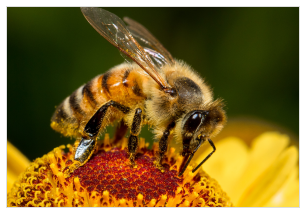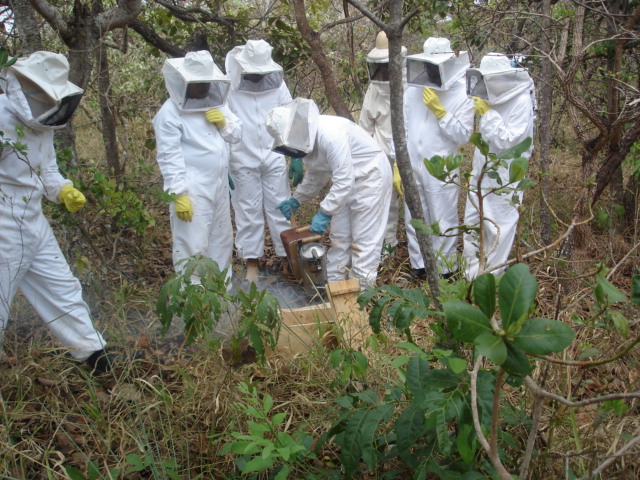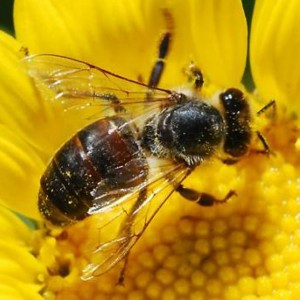Related information:
– Bumblebees in Freefall, Study Shows 96 Percent Decline
– EPA Knowingly Allowed Pesticide That Kills Honey Bees, Leaked Document Shows (!)
– Billons Of Bee Colonies Die Worldwide
– Heavy Honeybee Die-Off Continues; New Study Shows Pollen And Hives Laden With Pesticides
– Study: ‘High-Fructose Corn Syrup and Its Toxicity to the Honey Bee’
– Organic Bees Surviving Colony Collapse Disorder (CCD) (!)
Yes, organic bees survive CCD, which almost proves that a pesticide (or maybe GM plants) must be responsible for CCD.
Also living on refined white sugar and high-fructose corn syrup in winter certainly can kill any advanced life-form.

The saga of the British Beekeepers’ Association (BBKA) and its long-term pesticide endorsements is quite extraordinary. For 10 years, the BBKA has been giving its official blessing to four insecticides as “bee-friendly” or “bee-safe” – for example, the May 2001 newsletter BBKA News referred to “the BBKA’s endorsement of Fury as a bee-safe product”, while another piece in August 2005 said “the products we endorse are bee-friendly when used properly”.
Yet the active ingredients of these products, as shown above, are among the most deadly substances for bees existing on the planet.
Most rational people, with no axe to grind one way or another about bees or pesticides or anything else, would surely find this counter-intuitive as best; at worst, simply bonkers. Good old bee-safe Fury, eh, which contains cypermethrin, the second most toxic insecticide to honey bees out of 100 tested. No wonder it has produced fury among some beekeepers. What has been going on?
The more one goes into it, the more it becomes clear that there is a very comfortable relationship – the old word used to be “cosy” – between the fairly small group of senior beekeeping figures who run the BBKA as a self-perpetuating oligarchy, and the pesticide lobby, or as they would prefer to call it, the crop protection industry.
This is something which may skew judgement. One of the claims in the open letter sent to the association by independent beekeepers is that “the BBKA appears never to have issued any public statement that is critical of any pesticides or pesticide manufacturer”. That’s a sweeping statement, but it’s certainly the case, if you leaf through BBKA News, that pesticides are not viewed as a major problem.
This matters, because in the great decline of bees we have witnessed in recent years, culminating in the mysterious colony collapse disorder, a new generation of pesticides, the neonicotinoids, may be implicated, some claim. Yet some senior British beekeepers and scientists insist the matter is down to mites like varroa, or viruses like nosema, and say pesticides have nothing to do with it.
Read moreBBKA Betrayed Bee Keepers To Pesticide Lobby, Endorsed The Most Deadly Substances For Bees Existing On The Planet As ‘Bee-Friendly’ Or ‘Bee-Safe’









